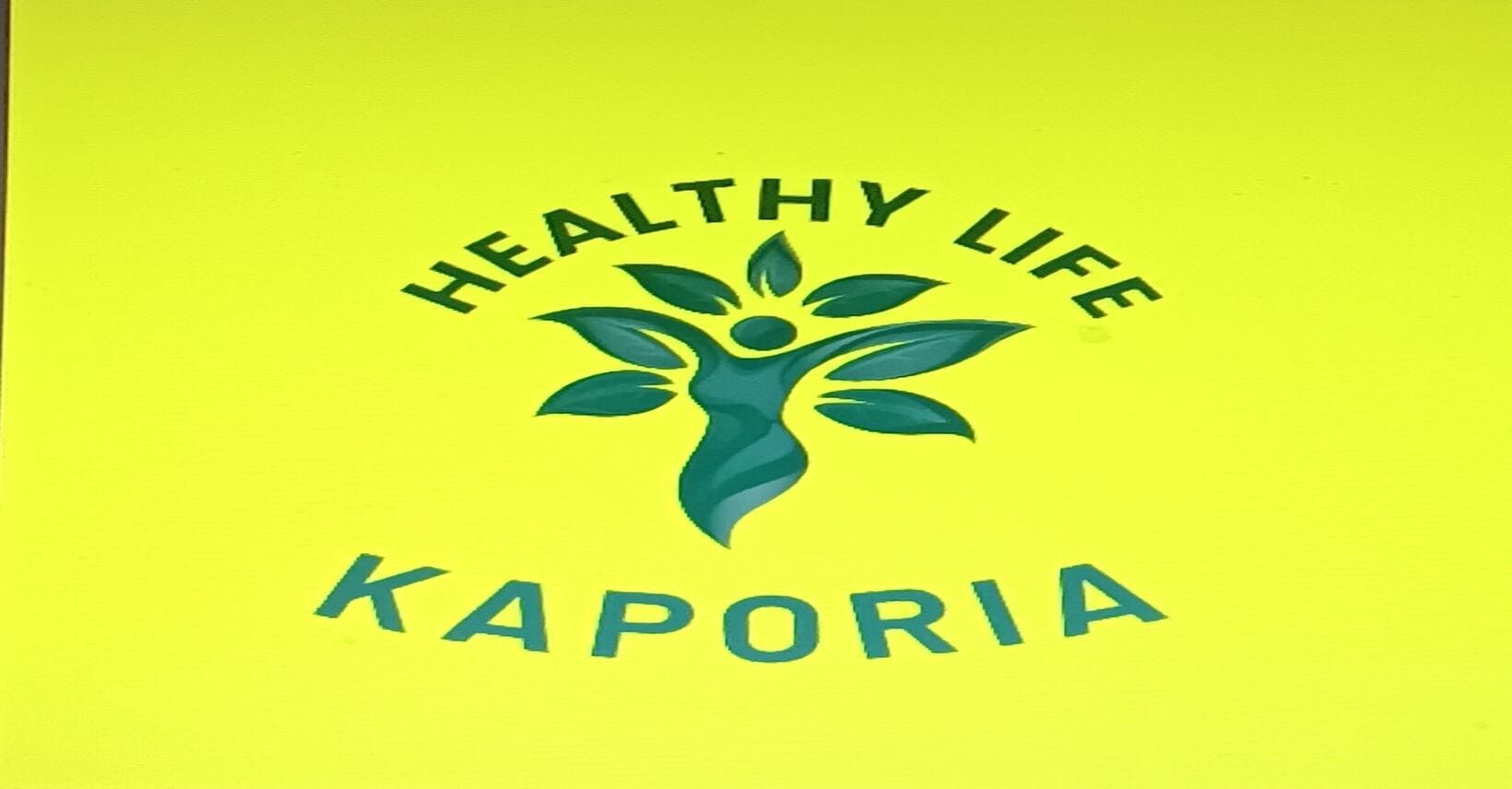[ad_1]
It’s understood that around 1 in 10 men experience postnatal depression (Paulson and Bazemore, 2010). Fathers’ experiences of perinatal psychological well being difficulties have been related to maternal psychological ailing well being (Paulson et al., 2016), and with antagonistic offspring outcomes equivalent to conduct issues and psychiatric sickness (Gentile and Fusco, 2017).
Contemplating this, males’s perinatal psychological well being needs to be a precedence for public and household well being initiatives and for perinatal psychological well being companies, which have been prioritised for funding and growth underneath the UK NHS Lengthy-Time period Plan and Psychological Well being Implementation Plan (The NHS Long Term Plan, 2019; 2019a). That is particularly related for early detection of essentially the most at-risk males, and to enhance outcomes and promote general wellbeing in households throughout a vital level of transition and youngster growth (Bruno et al., 2020).
Nonetheless, a lot present analysis into males’s perinatal psychological well being is cross-sectional, and primarily based on retrospective reporting (Chhabra, McDermott & Li, 2020; Wee et al., 2011). The restricted longitudinal analysis that’s obtainable has recognized vital predictors of paternal postnatal melancholy equivalent to a previous historical past of extreme depressive signs and excessive prenatal scores on measures of melancholy and nervousness signs (Ramchandani et al., 2008).
There’s a lack of potential research which determine preconception danger elements for suicidal ideation, in addition to depressive signs in new fathers. Proof like this, particularly that which examines broad psychosocial elements that may be detected early, is critical to tell approaches to preconception care and household well being initiatives.
Giallo and colleagues (2023) used potential information from an Australian nationwide longitudinal examine inspecting males’s well being, the ‘The Ten to Males Examine’, with the intention of figuring out the extent to which new fathers report depressive signs and suicidal ideation/behaviour within the first 12 months postpartum, and the preconception danger elements related to these signs.

1 in 10 males expertise postnatal melancholy, but there’s not sufficient potential analysis to ascertain the precipitating danger elements.
Strategies
‘The Ten to Males Examine’, is an Australian population-based potential cohort examine inspecting male well being. The general examine assessed males aged 10-55 residing completely throughout Australia, firstly between 2013 and 2014 (‘wave 1’), and at follow-up between 2015 and 2016 (‘wave 2’). See Currier et al. (2016) and Spittal et al. (2016).
The present examine used information from 205 males within the grownup cohort who had indicated that they grew to become a father within the 12 months previous to wave 2 information assortment.
The fieldworkers who carried out recruitment and information assortment within the examine accomplished survey measures of demographic data, together with age, Aboriginal origin, deal with, nation of start, first language, training, employment, and relationship standing.
The opposite essential ideas measured had been: melancholy, suicidality, irritating life occasions together with monetary difficulties, experiences of accomplice violence, and social help. Alcohol and drug use (together with cigarette and hashish smoking), and bodily well being wants, had been additionally measured by questionnaires.
The examine used bivariate and multivariate linear regression analyses to determine preconception elements related to postnatal depressive signs (PHQ-9), from the psychological and bodily well being, life-style, and demographic elements assessed.
Alongside age, first spoken language, and training, metropolitan or rural/distant deal with standing was additionally included as an indicator of financial standing, primarily based on proof of upper suicidality in males in rural Australia (Fitzpatrick et al., 2021).
Outcomes
Nearly all of males had been born in Australia (78.9%), had been English talking (89.8%), and had not less than highschool stage training (68.8%). At wave 1 information assortment, most had been in paid employment (89.1%) and had a accomplice (79.3%).
1 in 4 of the fathers assessed at waves 1 and a pair of reported gentle postnatal depressive signs. Simply over 8% reported signs that had been average or extreme. Depressive signs weren’t discovered to considerably worsen from preconception to postnatal information assortment (7.8% and eight.3% respectively).
5% of males reported ideas of suicide, made a plan for suicide, and/or tried suicide within the 12 months previous to wave 2 information assortment.
Preconception depressive signs had been the one vital predictor of future depressive signs after start.
Monetary difficulties, lifetime suicidal ideation, and violent accomplice relationships, had been additionally discovered as different elements for postnatal melancholy utilizing the bivariate analyses, however these didn’t attain statistical significance within the multivariate mannequin.

1 in 4 fathers reported gentle postnatal depressive signs following the start of their child and 5% reported suicidal ideas, plans or makes an attempt.
Conclusions
This examine helps the few present potential research of danger elements for males’s postnatal psychological well being, by indicating that for some first-time fathers, the primary 12 months postnatally is related to average or extreme depressive signs and suicidality. As paternal perinatal melancholy isn’t properly researched or formally recognised as a dysfunction within the DSM-5 (Bruno et al., 2020), this analysis contributes to rising literature specializing in paternal perinatal psychological well being, which can assist it to be higher outlined, detected, and managed.
Experiences of depressive signs previous to the conception of their youngster, measurable by a validated screening measure, are a major predictor of those later psychological well being difficulties. The authors thereby conclude that this discovering:
…underscores the significance of preconception and perinatal psychological well being look after males as they make the transition to fatherhood [which] they don’t seem to be routinely supplied […] in common settings.

These findings emphasise the necessity for preconception and perinatal psychological well being look after males as they grow to be fathers; highlighting that such care isn’t routinely supplied in common settings.
Strengths and limitations
This examine contributes to a selected hole within the literature addressing fathers’ perinatal psychological well being, which is receiving elevated analysis and medical consideration. A energy of this analysis is the methodological option to focus “on danger elements that basic practitioners/physicians and different well being professionals are properly positioned to determine amongst males when offering pre-conception or prenatal care”, together with life-style and psychosocial elements. This conveys excessive ecological validity for actual world purposes.
This, and different points of the examine’s methodology together with the examination of remoteness of members’ addresses primarily based on present information of well being disparities, and the usage of a geographically consultant cohort, display the authors have made issues for the exterior validity and software of their findings.
Moreover, the examine employed a validated and broadly used self-report measure of melancholy (PHQ-9), which has additionally been utilized to perinatal melancholy in moms (Sidebottom et al., 2012; Wang et al., 2021) and fathers (Berg et al., 2022). In these research, the PHQ-9 has been a resource-efficient and possible measure to implement into routine prenatal care, making it applicable for a big population-based cohort such because the ‘Ten to Males Examine’. Nonetheless Giallo and colleagues (2023) recognise {that a} diagnostic interview of members’ psychological well being would have supplied a stronger and extra complete understanding of the character and prevalence of particular psychological well being signs within the pattern.
The authors acknowledge the low response fee of 35% of all eligible males who had been contacted to enrol within the examine. Specifically, the authors word that “those that communicate English as a second language…could have chosen to not take part within the examine”. That is particularly necessary contemplating structural obstacles confronted by individuals who don’t communicate the language of their resettlement nation (Byrow et al., 2019; Ahrne et al., 2019) when in search of help, and recently-settled immigrant fathers’ experiences of getting misplaced their prolonged households after migrating (Forbes et al., 2021). The outcomes of this examine alone can’t be generalised to those populations who could current with distinctive preconception danger elements, and additional analysis concentrating on non-English talking fathers needs to be thought-about.
Lastly, selective attrition of members with greater depressive signs and cigarette, alcohol, and drug use, was famous in wave 2. This bias could have made the examine’s estimates of the prevalence of melancholy and suicidality extra conservative, and should imply that the examine didn’t decide up the particular danger elements related to melancholy in these members, who had been lacking from analyses.

This potential examine has robust exterior validity, although could signify solely a small proportion of first-time fathers.
Implications for follow and analysis
Because of the small obtainable pattern, the variety of fathers reporting suicidal ideation was too low to conduct regression analyses of danger elements for suicidality. As suicidal intention and planning is a selected danger concern, it’s particularly necessary that we perceive the related danger elements. This will likely have been enhanced by together with qualitative interviews with members who disclosed suicidal ideation, to look at and determine some related self-reported danger elements for suicidality, which may inform future analysis. This needs to be a spotlight of future analysis consideration which seeks to grasp the elements related to fathers’ postnatal suicidality.
This examine and the associated physique of analysis (see Darwin et al., 2017) advocates for a transfer towards common screening and help for male companions’ and fathers’ psychological well being within the perinatal interval. The authors describe a necessity for “analysis and advocacy efforts” to extend healthcare practitioners’ consciousness and confidence in participating males in discussions round paternal perinatal psychological sickness, furthering the proof base for efficient and possible interventions for fathers and male companions, and universally implementing perinatal bodily and psychological well being look after males (Giallo et al., 2023).
As fathers have been discovered to “query the legitimacy of their experiences” of psychological misery within the perinatal interval, and infrequently fear that voicing their issues could “detract from their accomplice’s wants”, Darwin et al. (2017) acknowledge the necessity for future analysis, which may construct on the necessary and measurable danger elements recognized by Giallo and colleagues’ (2023), to tell assets which are tailor-made fathers’ roles as ‘supporter’ and ‘protector’, “within the context of achievable fashions of service supply” (Darwin et al., 2017).
One helpful goal for future analysis to attain this intention of well being promotion, prevention, and early intervention in males’s psychological well being could possibly be to include these recognized danger elements that are current preconception, with present efforts to determine and implement low-cost and non-stigmatising screening measures of mens’ psychological well being (e.g. MacDonald et al., 2021) on the transition to fatherhood.

The findings counsel profit in screening fathers for melancholy preconception so as to direct applicable assets to fathers most liable to creating postnatal suicidality and/or melancholy.
Statements of curiosity
None to declare.
Hyperlinks
Major paper
Giallo, R., Wynter, Okay., McMahon, G., Seymour, M., Fogarty, A., Cooklin, A., … & Macdonald, J. A. (2023). Preconception factors associated with postnatal mental health and suicidality among first-time fathers: results from an Australian Longitudinal Study of Men’s Health. Social psychiatry and psychiatric epidemiology, 1-8.
Different references
Australian Bureau of Statistics. (2003). Household expenditure survey and survey of income and housing costs. Australian Bureau of Statistics, 6530.0.
Australian Bureau of Statistics. (2007). National Health Survey 2007-08: module E-healthy lifestyles. Australian Bureau of Statistics, 4364.0.
Berg, R. C., Solberg, B. L., Glavin, Okay., & Olsvold, N. (2022). Instruments to identify symptoms of paternal depression during pregnancy and the first postpartum year: a systematic scoping review. American Journal of Males’s Well being, 16(5), 15579883221114984.
Bruno, A., Celebre, L., Mento, C., Rizzo, A., Silvestri, M. C., De Stefano, R., … & Muscatello, M. R. A. (2020). When fathers begin to falter: a comprehensive review on paternal perinatal depression. Worldwide journal of environmental analysis and public well being, 17(4), 1139.
Chhabra, J., McDermott, B., & Li, W. (2020). Risk factors for paternal perinatal depression and anxiety: A systematic review and meta-analysis. Psychology of Males & Masculinities, 21(4), 593.
Currier, D., Pirkis, J., Carlin, J., Degenhardt, L., Dharmage, S. C., Giles-Corti, B., … & English, D. R. (2016). The Australian longitudinal study on male health-methods. BMC Public Well being, 16(3), 5-13.
Darwin, Z., Galdas, P., Hinchliff, S., Littlewood, E., McMillan, D., McGowan, L., & Gilbody, S. (2017). Fathers’ views and experiences of their own mental health during pregnancy and the first postnatal year: a qualitative interview study of men participating in the UK Born and Bred in Yorkshire (BaBY) cohort. BMC being pregnant and childbirth, 17(1), 1-15.
Donovan, C., Hester, M., Holmes, J., & McCarry, M. (2006). Comparing Domestic Abuse in Same Sex and Heterosexual Relationships. College of Bristol.
Eaton, D. Okay., Kann, L., Kinchen, S., Shanklin, S., Flint, Okay. H., Hawkins, J., Harris, W. A., Lowry, R., McManus, T., Chyen, D., Whittle, L., Lim, C., Wechsler, H., & Facilities for Illness Management and Prevention (CDC) (2012). Youth risk behavior surveillance – United States, 2011. Morbidity and mortality weekly report. Surveillance summaries (Washington, D.C. : 2002), 61(4), 1–162.
Fitzpatrick, S. J., Handley, T., Powell, N., Learn, D., Inder, Okay. J., Perkins, D., & Brew, B. Okay. (2021). Suicide in rural Australia: A retrospective study of mental health problems, health-seeking and service utilisation. PLoS one, 16(7), e0245271.
Forbes, F., Wynter, Okay., Zeleke, B. M., & Fisher, J. (2021). Fathers’ involvement in perinatal healthcare in Australia: experiences and reflections of Ethiopian-Australian men and women. BMC Well being Companies Analysis, 21, 1-13.
Gentile, S., & Fusco, M. L. (2017). Untreated perinatal paternal depression: Effects on offspring. Psychiatry Analysis, 252, 325-332.
Grey, M., & Sanson, A. (2005). Growing up in Australia: the longitudinal study of Australian children. Household Issues, (72), 4-9.
Holmes, T. H., & Rahe, R. H. (1967). The social readjustment rating scale. Journal of psychosomatic analysis.
Macdonald, J. A., Graeme, L. G., Wynter, Okay., Cooke, D., Hutchinson, D., Kendall, G., … & Youssef, G. J. (2021). How are you sleeping? Starting the conversation with fathers about their mental health in the early parenting years. Journal of Affective Issues, 281, 727-737.
Pachana, N. A., Brilleman, S. L., & Dobson, A. J. (2011). Reporting of life events over time: methodological issues in a longitudinal sample of women. Psychological evaluation, 23(1), 277.
Paulson, J. F., & Bazemore, S. D. (2010). Prenatal and postpartum depression in fathers and its association with maternal depression: a meta-analysis. JAMA, 303(19), 1961-1969.
Paulson, J. F., Bazemore, S. D., Goodman, J. H., & Leiferman, J. A. (2016). The course and interrelationship of maternal and paternal perinatal depression. Archives of girls’s psychological well being, 19, 655-663.
Ramchandani, P. G., Stein, A., O’Connor, T. G., Heron, J. O. N., Murray, L., & Evans, J. (2008). Depression in men in the postnatal period and later child psychopathology: a population cohort study. Journal of the American Academy of Baby & Adolescent Psychiatry, 47(4), 390-398.
Sidebottom, A. C., Harrison, P. A., Godecker, A., & Kim, H. (2012). Validation of the Patient Health Questionnaire (PHQ)-9 for prenatal depression screening. Archives of girls’s psychological well being, 15, 367-374.
Spittal, M. J., Carlin, J. B., Currier, D., Downes, M., English, D. R., Gordon, I., … & Gurrin, L. (2016). The Australian Longitudinal Study on Male Health sampling design and survey weighting: Implications for analysis and interpretation of clustered data. BMC Public Well being, 16, 15-22.
Spitzer, R. L., Kroenke, Okay., Williams, J. B., Affected person Well being Questionnaire Major Care Examine Group, & Affected person Well being Questionnaire Major Care Examine Group. (1999). Validation and utility of a self-report version of PRIME-MD: the PHQ primary care study. JAMA, 282(18), 1737-1744.
Wang, L., Kroenke, Okay., Stump, T. E., & Monahan, P. O. (2021). Screening for perinatal depression with the Patient Health Questionnaire depression scale (PHQ-9): a systematic review and meta-analysis. Basic hospital psychiatry, 68, 74-82.
Wee, Okay. Y., Skouteris, H., Pier, C., Richardson, B., & Milgrom, J. (2011). Correlates of ante-and postnatal depression in fathers: a systematic review. Journal of affective issues, 130(3), 358-377.
The NHS Long Term Plan, 2019 The NHS Lengthy Time period Plan. 2019; Accessible from: www.longtermplan.nhs.uk.
NHS England. (2019a). NHS Psychological Well being Implementation Plan 2019/20 – 2023/24 (p. 57). https://www.longtermplan.nhs.uk/publication/nhs-mental-health-implementation-plan2019-20-2023-24
Photograph credit
[ad_2]
Source link

